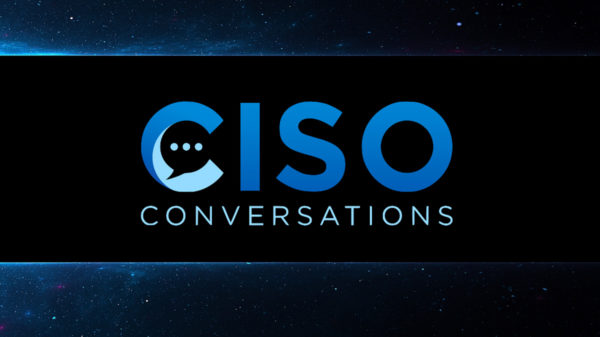Google announced late last week that it’s preparing a new verification program designed to keep tech support scams off its advertising platform.
Tech support scams still represent a major issue and while these types of schemes are often unsophisticated, fraudsters have been known to use some creative methods to achieve their goals.
Tech support scammers can lure their victims through online ads, and Google’s advertising platform has been increasingly abused for this purpose. That is why the tech giant has decided to introduce some restrictions for tech support services.
“We’ve seen a rise in misleading ad experiences stemming from third-party technical support providers and have decided to begin restricting ads in this category globally,” said David Graff, director of Global Product Policy at Google.
“As the fraudulent activity takes place off our platform, it’s increasingly difficult to separate the bad actors from the legitimate providers. That’s why in the coming months, we will roll out a verification program to ensure that only legitimate providers of third-party tech support can use our platform to reach consumers,” Graff explained.
While Google is aware that the introduction of the new verification program will not block all attempts to “game” its advertising systems, the company is confident that it will at least make it “a lot harder.”
Google previously banned ads for bail bonds services and payday loans, and introduced verification programs for locksmith services and addiction treatment centers.
The company said it had paid out $12.6 billion to publishing partners in its ad network last year. On the other hand, it removed 320,000 publishers, and blacklisted roughly 90,000 websites and 700,000 mobile applications.
Google also said it took down 3.2 billion ads that violated its policies in 2017, which represents roughly 100 bad ads per second.
“We blocked 79 million ads in our network for attempting to send people to malware-laden sites, and removed 400,000 of these unsafe sites last year. And, we removed 66 million ‘trick-to-click’ ads as well as 48 million ads that were attempting to get users to install unwanted software,” the company said in its report for 2017.













